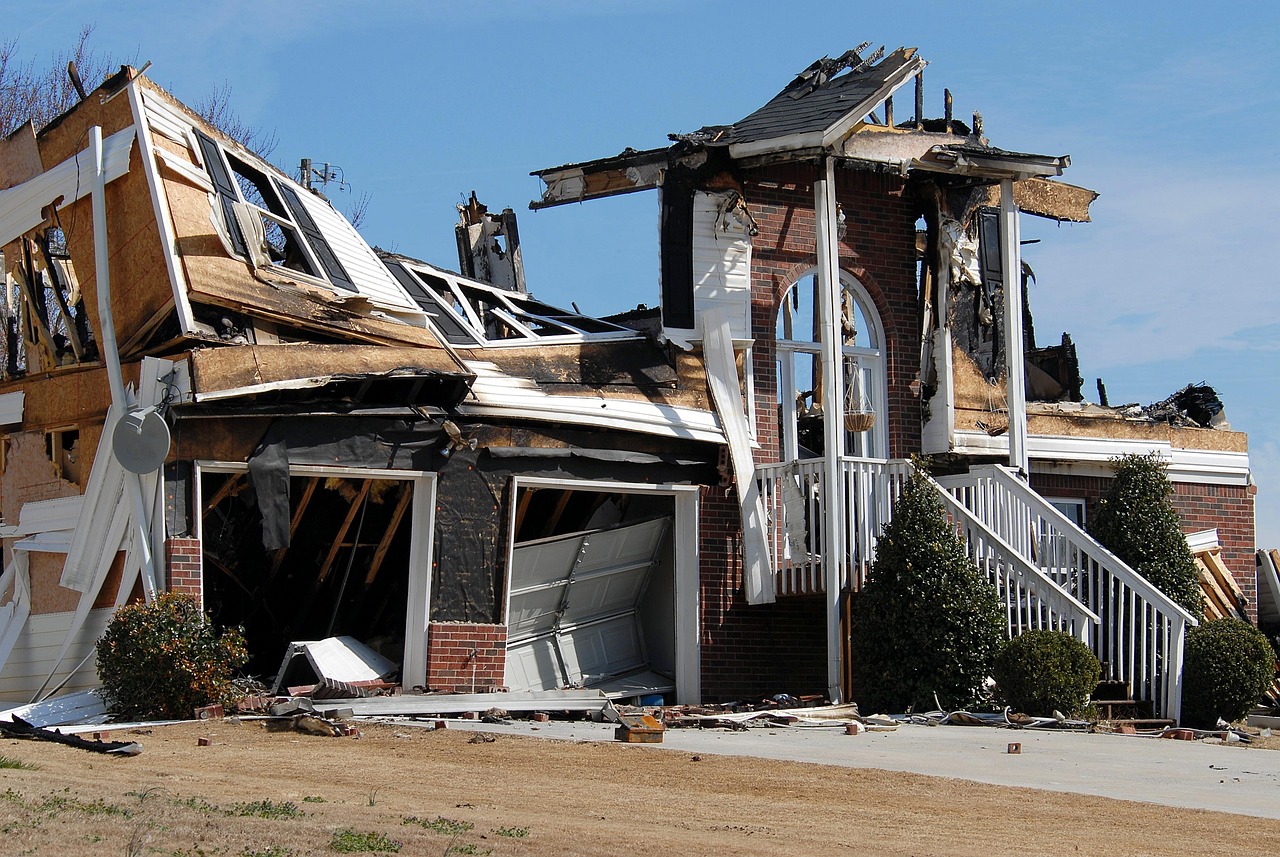Insurance policies that cover natural disasters are usually part of homeowners, renters, or commercial property insurance, though specific coverage can vary widely depending on the provider, location, and policy type. Here’s a breakdown of how coverage typically works:

🏠 Types of Insurance That May Cover Natural Disasters
1. Homeowners Insurance
- Covers: Windstorms, hail, lightning, fire, and sometimes volcanic eruptions.
- Usually does NOT cover: Earthquakes and floods (these typically require separate policies).
- You may need endorsements or riders to fully cover certain perils.
2. Flood Insurance (Separate Policy)
- Offered through the National Flood Insurance Program (NFIP) in the U.S. or private insurers.
- Covers flood damage due to heavy rains, storm surges, melting snow, blocked drainage systems, etc.
- Not typically included in standard homeowners policies.
3. Earthquake Insurance (Separate Policy)
- Offered in high-risk areas like California.
- Covers damage caused by earthquakes, aftershocks, and sometimes landslides.
4. Renters Insurance
- Protects personal belongings from some natural disasters (fire, windstorm, etc.).
- Structure itself is covered by the landlord’s insurance.
Renters Insurance (200 Words)
Renters insurance is a type of policy that provides financial protection for individuals who rent their homes. While landlords have insurance to cover the building itself, renters insurance is designed to protect the tenant’s personal belongings and liability. This includes coverage for items like furniture, electronics, clothing, and other valuables in case of events such as fire, theft, vandalism, or water damage.
In addition to property protection, renters insurance typically includes liability coverage. This means if someone is injured in your rental unit or if you accidentally damage someone else’s property, your policy may help cover legal expenses or repair costs. Many policies also offer loss-of-use coverage, which helps pay for temporary living expenses if your rental becomes uninhabitable due to a covered event.
Renters insurance is generally affordable, with policies averaging around $15–$30 per month, depending on coverage limits and location. It’s a smart investment that can provide peace of mind and financial security. Even if you feel your belongings aren’t particularly valuable, replacing everything after a loss can be surprisingly expensive. For anyone renting an apartment, house, or condo, renters insurance is a simple yet essential way to protect yourself and your possessions.
5. Commercial Property Insurance
- Protects business property from disasters like fire, wind, and hail.
- Like homeowners insurance, may require separate flood/earthquake policies.
🌪️ Disasters Commonly Covered
| Disaster Type | Covered by Standard Policy? | Notes |
|---|---|---|
| Fire | ✅ Yes | Usually included. |
| Lightning | ✅ Yes | Standard inclusion. |
| Hail | ✅ Yes | Covered in most states. |
| Windstorm/Tornado | ✅ Yes | Covered, except in high-risk coastal areas (might need a separate rider). |
| Flood | ❌ No | Requires separate flood insurance. |
| Earthquake | ❌ No | Requires separate earthquake insurance. |
| Volcanic Eruption | ✅ Yes | Often included, but damage from ash/lava might need clarification. |
| Hurricane | ⚠️ Maybe | Wind damage usually covered; flood not included. Check deductible. |
🧾 Tips for Getting the Right Coverage
- Know your risk area (flood zone, seismic zone, hurricane-prone).
- Review exclusions carefully—some events may be partially covered or require a rider.
- Bundle policies for better rates and complete coverage.
- Inventory your possessions for accurate claims later.
Would you like help reviewing a specific policy, or are you comparing options for a certain type of property or location?










